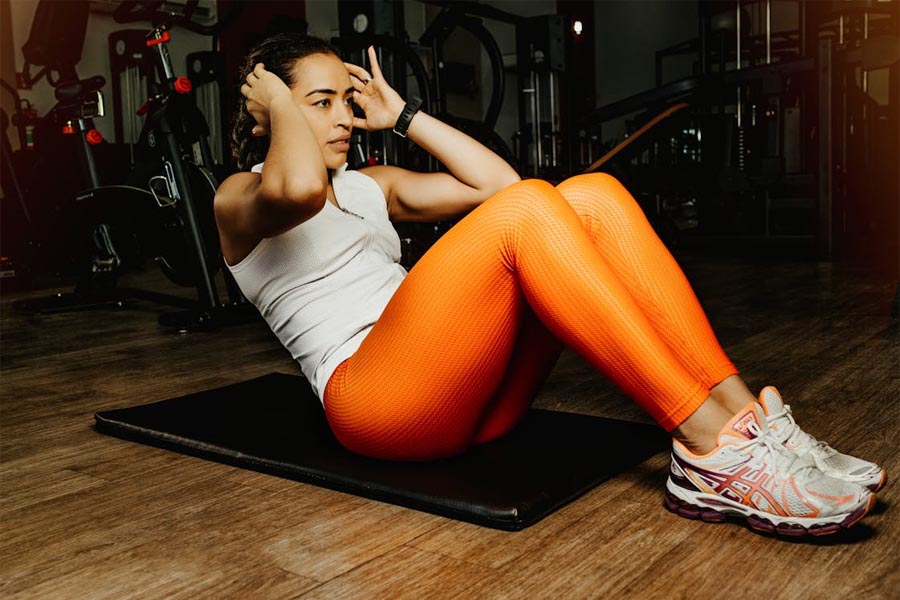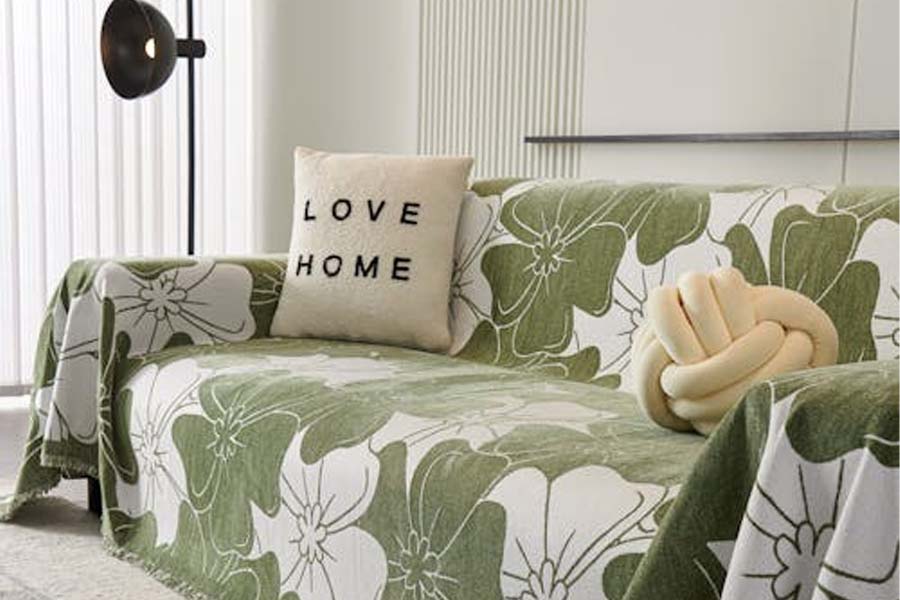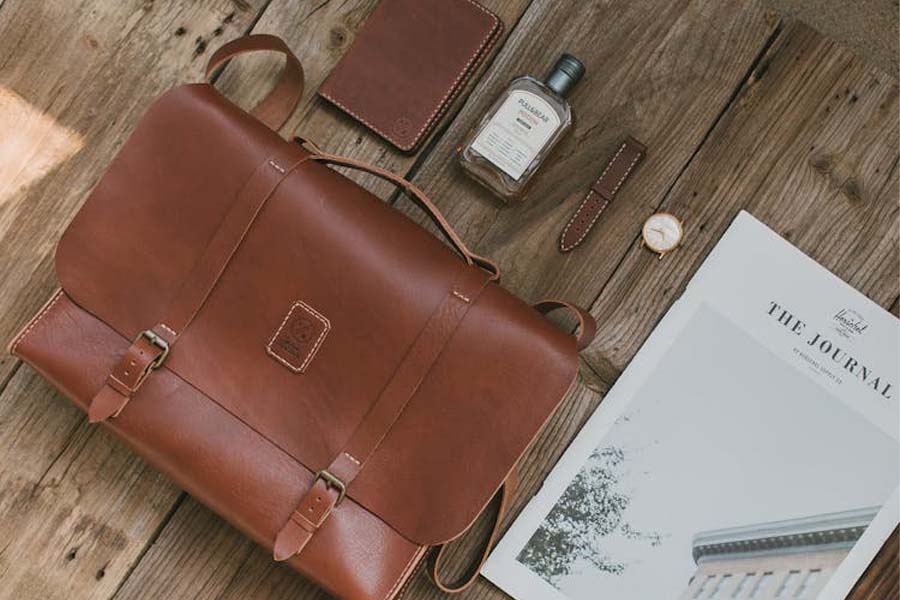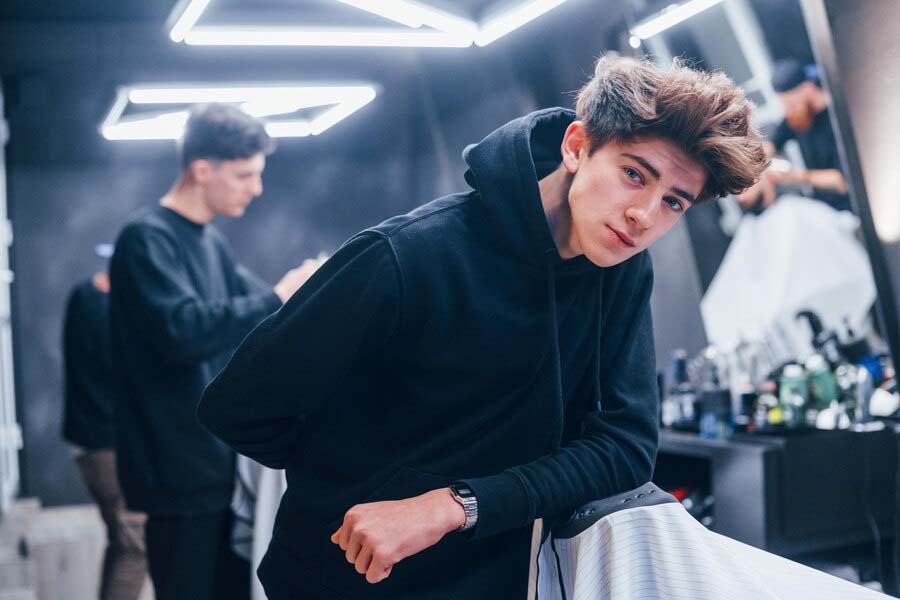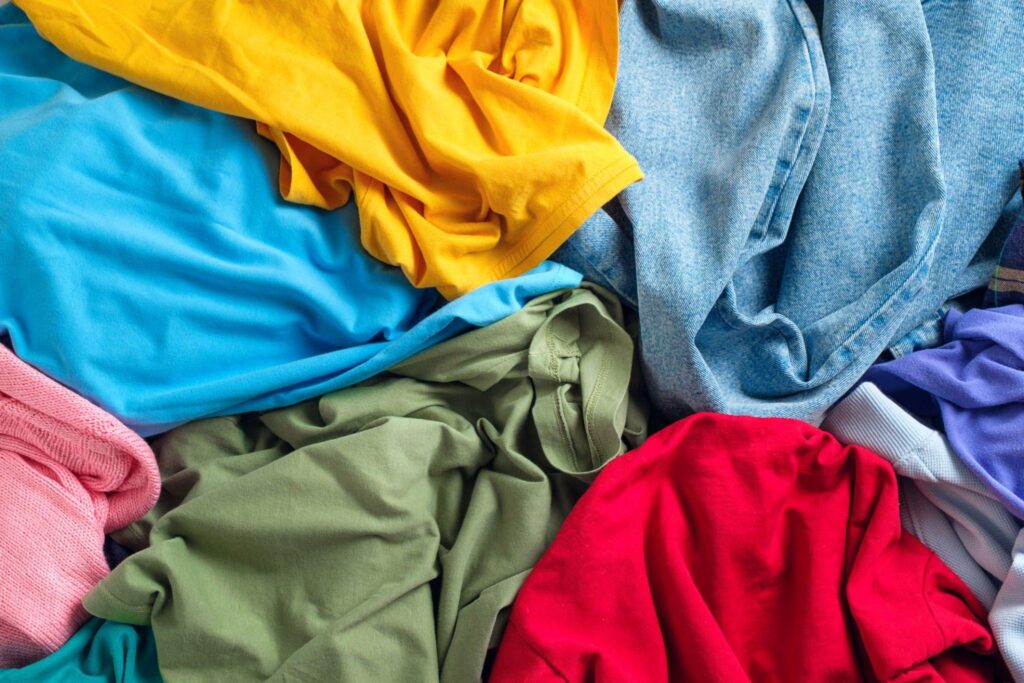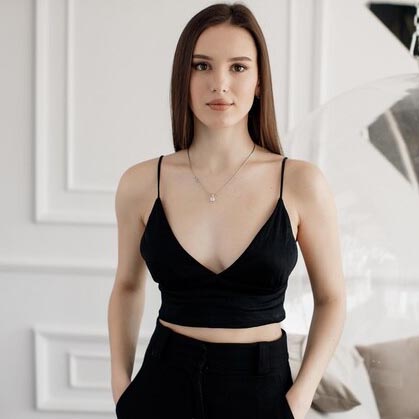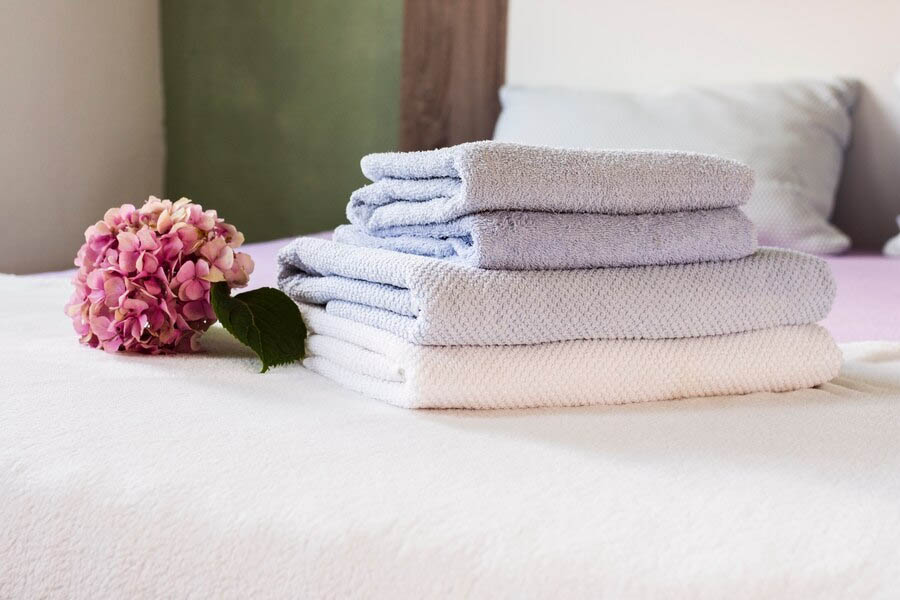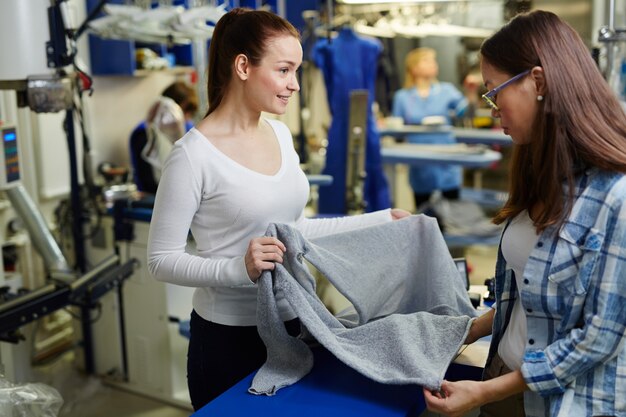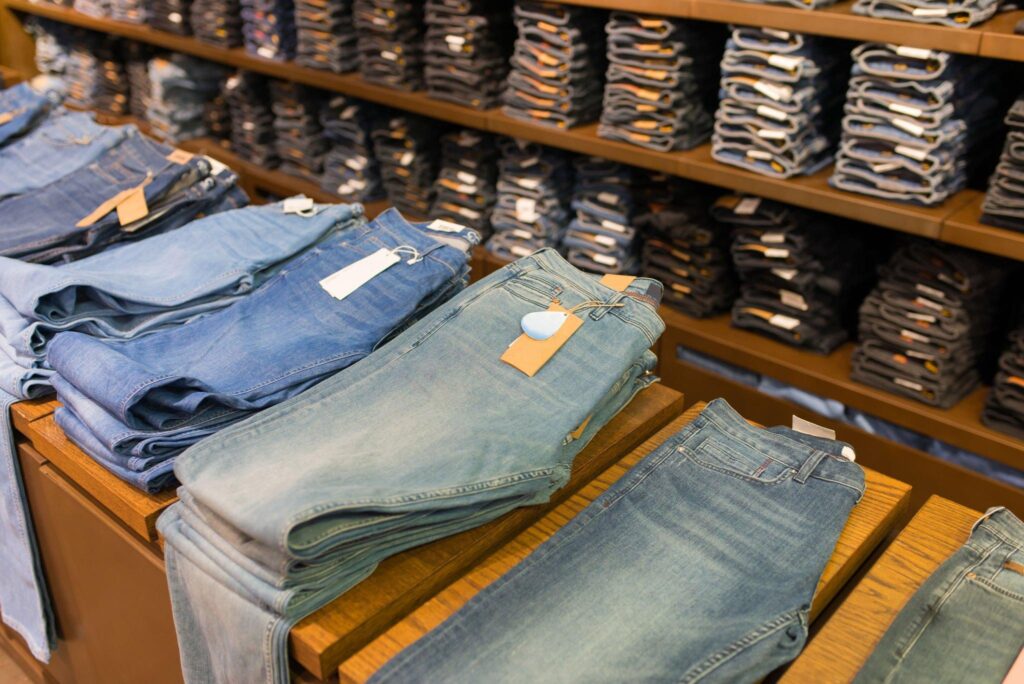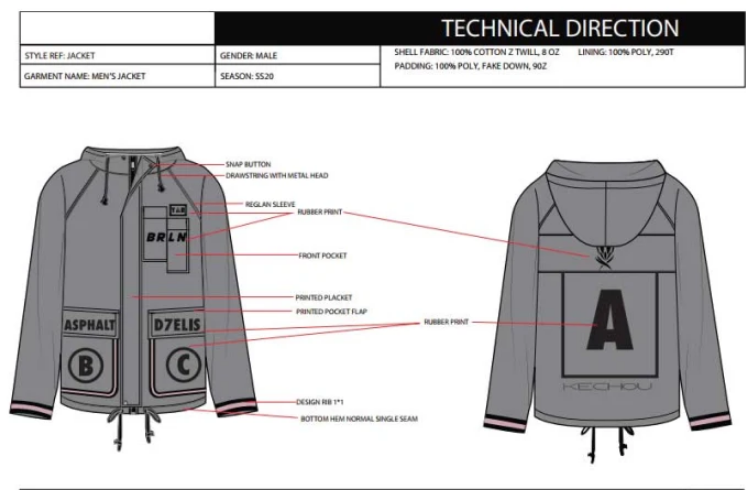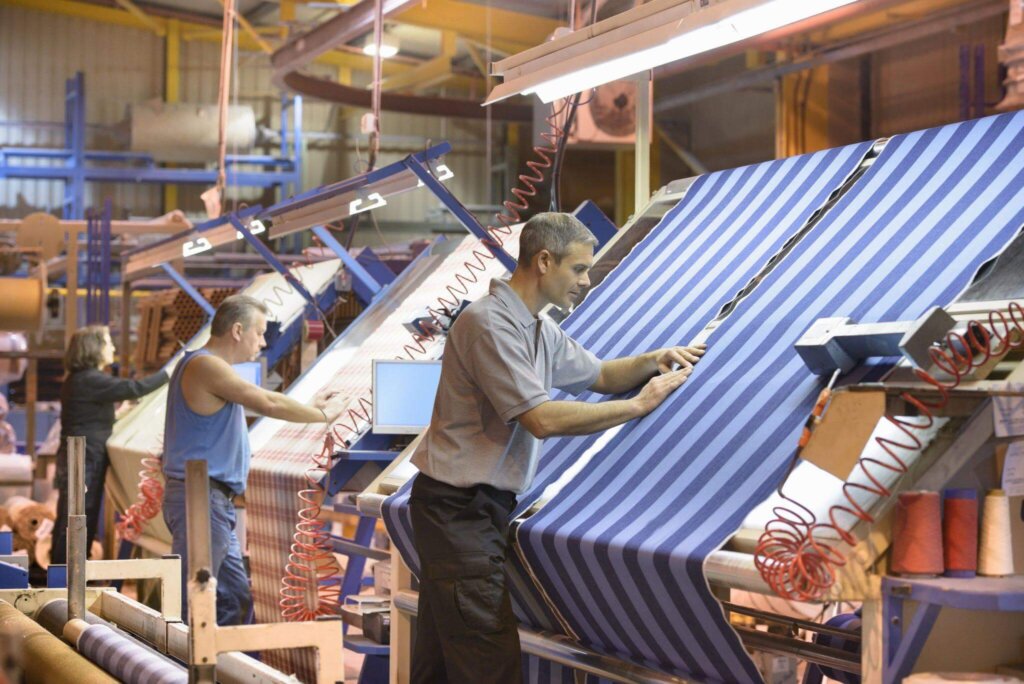Different Types Of Fabric For T-shirts
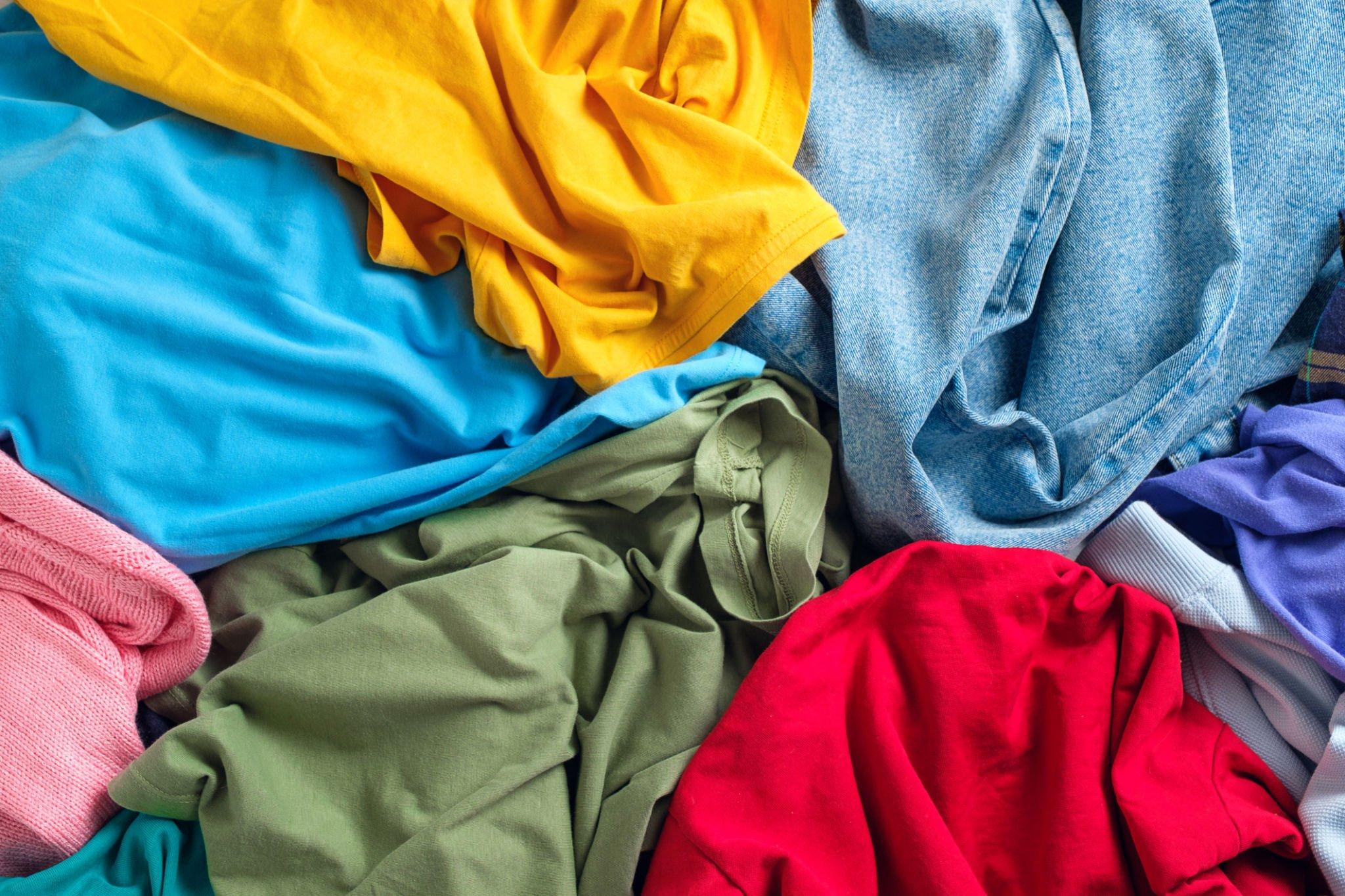
Fabric composition critically influences garment functionality, with technical specifications dictating end-use applications. Ludyway’s manufacturing data reveals these core metrics for optimal selection:
- GSM range: 120-220 (lightweight to heavyweight)
- Shrinkage tolerance: ≤3% after 5 industrial washes
- Colorfastness: ≥4 on AATCC Gray Scale
The following fabric taxonomy is engineered for commercial apparel production.
Cotton
Cotton dominates 68% of global t-shirt production. Performance varies by fiber length and processing:
| Type | Staple Length | Print Compatibility | Ideal Use |
|---|---|---|---|
| Ringspun | 28-30mm | Screen printing | Premium basics |
| Combed | 26-28mm | DTG | Retail apparel |
| Pima | 34-38mm | All methods | Luxury collections |
| Organic | Variable | Water-based inks | Eco-conscious lines |
Ludyway’s custom t-shirt manufacturer division utilizes 20-30 singles ring-spun cotton for premium hand-feel.
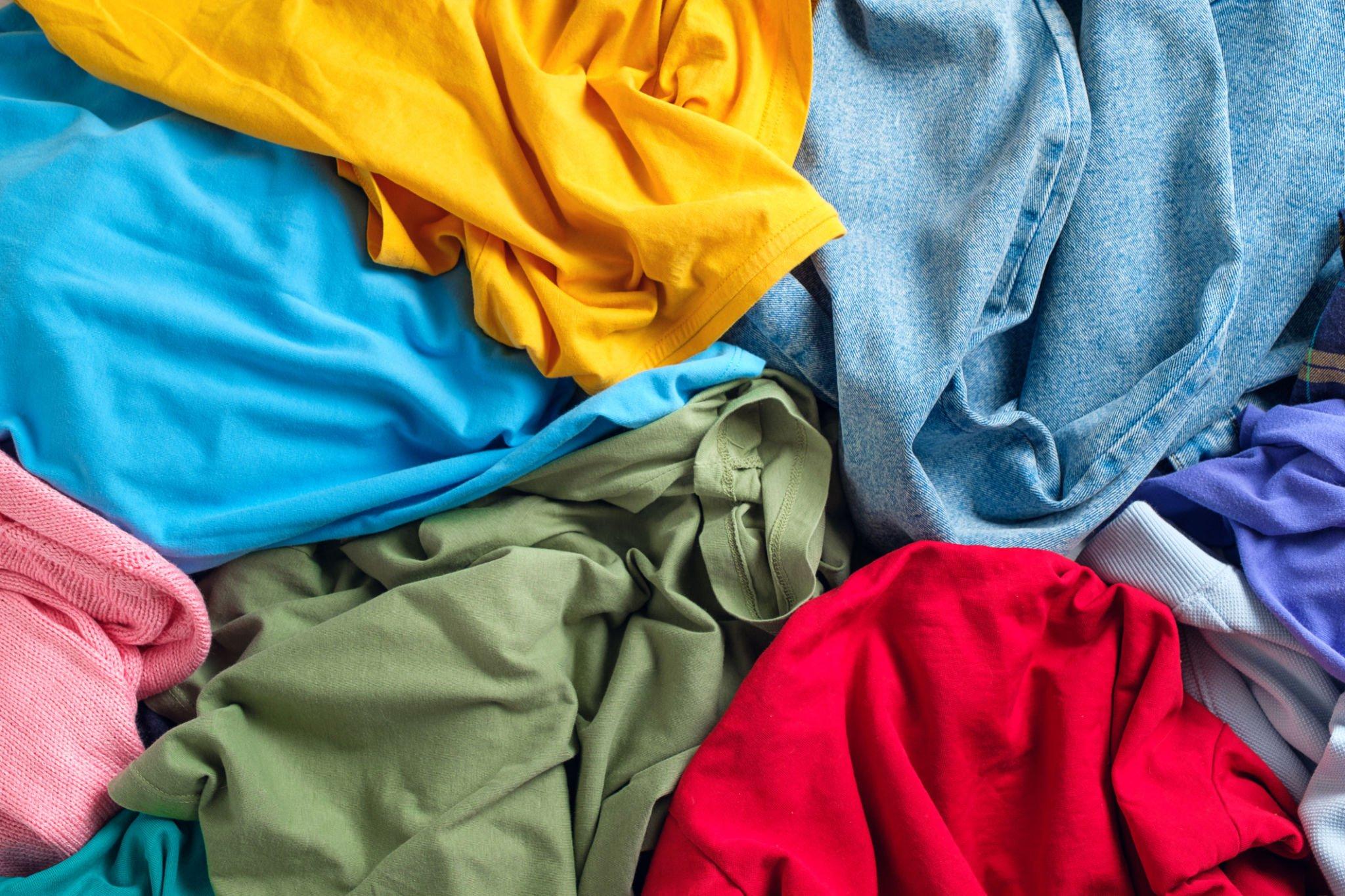
Technical Advantages
- Moisture regain: 8.5% at 65% RH
- Air permeability: 100-150 cm³/cm²/sec
- Thermal conductivity: 0.026 W/m·K
Production Considerations
- Pre-shrinking treatments required (sanforization)
- Optimal for clothing embroidery with stitch density ≤0.4mm
Polyester
Performance-grade polyester (PET) demonstrates these engineered properties:
- Tensile strength: 40-60 cN/tex
- Moisture wicking: 0.5-1.0% water absorption
- UV resistance: UPF 30+ untreated
Ideal for custom sports clothing manufacturer programs requiring thermo-regulation.
Technical Advantages
- Pilling resistance: ≥4 (ICI Box method)
- Dimensional stability: ≤1.5% shrinkage
- Print compatibility: Sublimation only
Production Considerations
- Requires plasma treatment for dye penetration
- Limited compatibility with cut-and-sew operations
Poly-Cotton Blend
The 50/50 blend optimizes performance metrics:
| Property | Cotton | Polyester | 50/50 Blend |
|---|---|---|---|
| Durability | Moderate | High | High |
| Wrinkle Recovery | Poor | Excellent | Good |
| Moisture Wicking | Slow | Fast | Moderate |
Optimal for screen printing services with plastisol inks.
Linen
Rayon
Lycra
Elastane integration follows these technical parameters:
- Max stretch: 500-700% recovery
- Content limit: ≤20% to maintain drape
- Wash durability: 50+ cycles at 40°C
Critical for performance applications requiring 4-way stretch.
Specialized Fabric Terminology
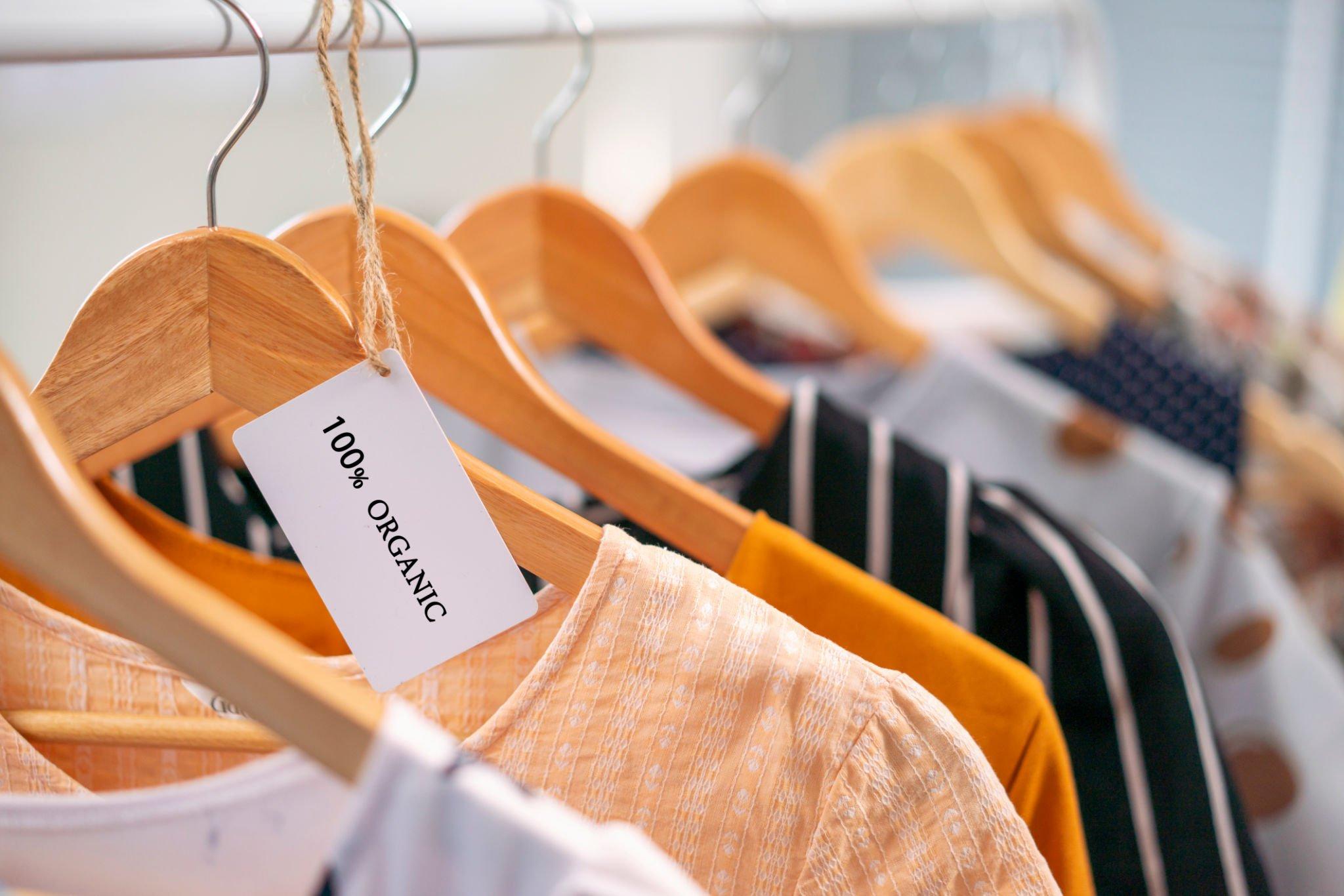
Heather: Achieved through mélange spinning (85% cotton/15% polyester)
Rib-knit: 1×1 or 2×2 construction with 30-50% stretch potential
Fleece: 280-300GSM with 5mm pile height for thermal retention
French terry: Loop density 25-35 loops/cm² for moisture management
Slub: Irregular yarn thickness variation ≤15% for visual texture
Ludyway’s sublimation printing services achieve optimal results on polyester blends.
Technical Selection Criteria
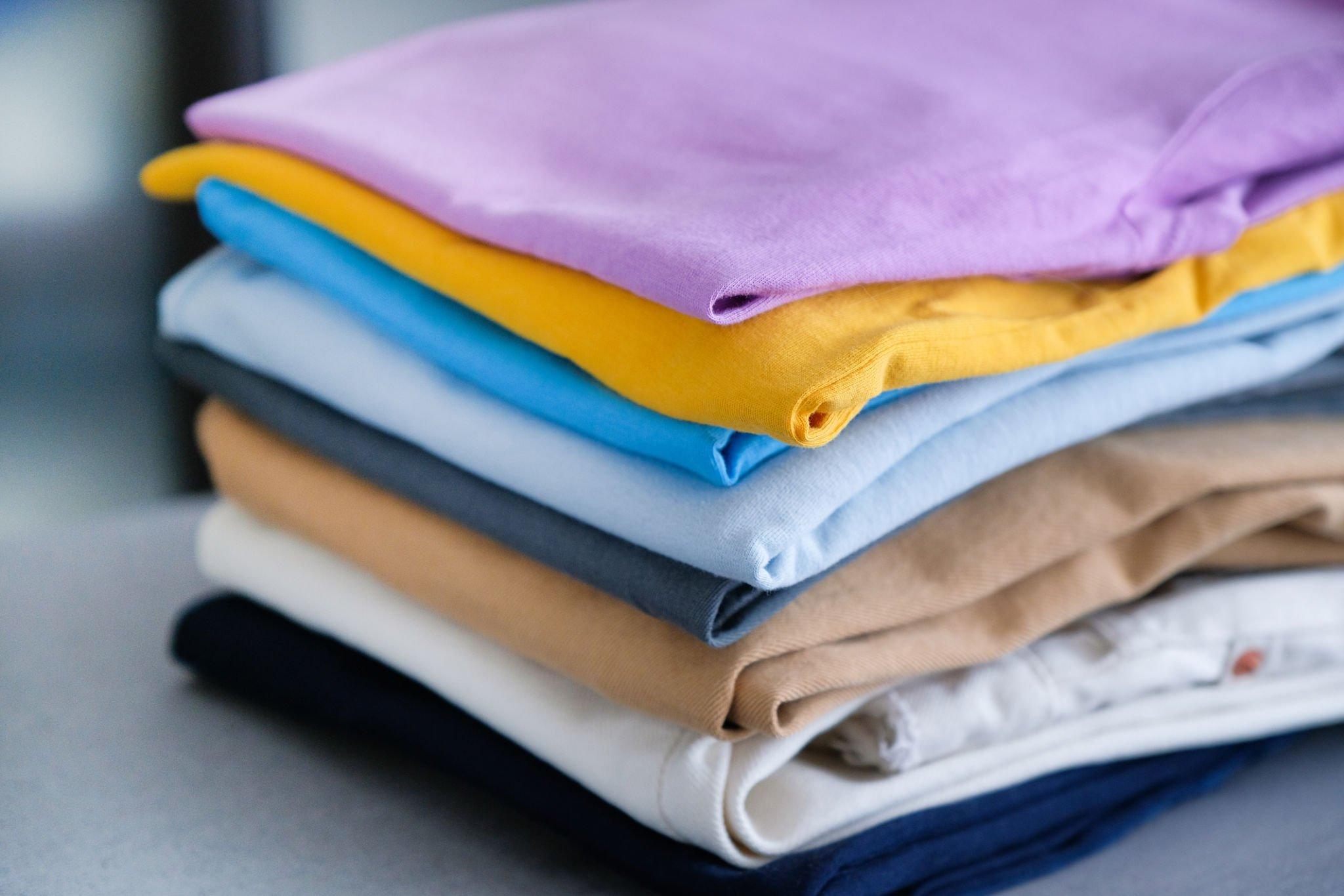
Comfortability
Evaluate using Kawabata Evaluation System:
- Surface roughness: ≤0.5 µm
- Thermal absorptivity: ≤0.15 W·s¹/²/m²·K
- Bending rigidity: ≤0.1 µN·m²/m
Durability
Industry testing standards:
- Martindale abrasion: ≥20,000 cycles
- Pilling resistance: ≥4 (ISO 12945-2)
- Tear strength: ≥10N (ASTM D1424)
Cost Efficiency
Fabric cost analysis per square meter:
| Fabric | Price Range | Cost Per Wear |
|---|---|---|
| Combed Cotton | $3.50-$5.00 | $0.08 |
| Performance Poly | $4.20-$6.50 | $0.05 |
| Organic Cotton | $6.00-$8.50 | $0.12 |
Consult Ludyway’s technical team at info@ludyway.com for fabric specification sheets.
FAQs
Optimal Fabric For High-Frequency Laundering?
Polyester-cotton (65/35) blends demonstrate ≤2% shrinkage after 50 industrial washes at 60°C.
Best Fabric For Tropical Climates?
Linen (35%)/cotton (65%) blends with 120-140 GSM provide maximal air permeability (180+ cm³/cm²/sec).
Final Words
Fabric engineering requires balancing technical parameters with commercial objectives. Ludyway’s vertical manufacturing capabilities ensure precision in fabric selection—from custom cut and sew manufacturer programs to performance textiles. Request material swatch sets for hands-on evaluation.


